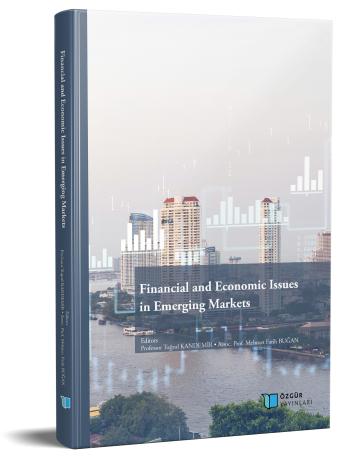
Relationship Between Exchange Rate and Stock Returns in E7 Countries
Chapter from the book:
Kandemir,
T.
&
Buğan,
M.
F.
(eds.)
2022.
Financial and Economic Issues in Emerging Markets.
Synopsis
In this study, it was examined whether there is a relationship between exchange rates and market indices in E7 countries. As it is known, countries are classified according to their level of development and economic status: least developed countries, less developed countries, developing countries and developed countries. The countries used in this research, which are included in the literature as E7 (Emerging 7) are among the developing countries when their development levels and economies are examined, and they are the countries with the best economy among the developing countries. These countries are: India, Indonesia, China, Turkey, Brazil, Russia and Mexico. In the study using weekly data for the period 01.01.2010-28.02.2021; As the exchange rate, the US Dollar rate of the countries and the market indices with the highest trading volume of the countries were used. In order to reveal the relationship between exchange rates and market indices in these countries, VAR (Vector Autoregressive Model) analysis, Granger causality analysis and impulse response analysis were applied. The results obtained from the analyzes show that there is a relationship between the exchange rate and the stock market in countries other than Brazil and India, generally the cause from the exchange rate to the stock market in Mexico, while in other countries (China, Russia, Turkey and Indonesia) there is a relationship between the exchange rate and the stock market. It turns out that there is correct causality.

